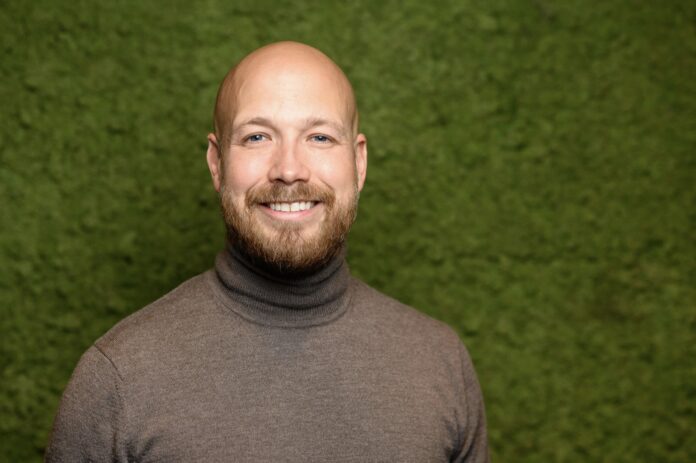Using machine learning to optimise farm production
Fresh from raising $6 million in its first external round of financing, AI specialist Aquaticode’s CEO’s Stian Rognlid is focused on tackling some of the salmon farming sector’s biggest challenges.
With fish farmers facing increasing pressures from areas that they can’t control, as energy prices, the cost of fish feed and labour costs rise, Aquaticode is looking to provide those in the aquaculture sector with the ability to improve efficiency in their businesses.
“The fundraising is a good opportunity to bring our products to market and meet the demand that we’re seeing, scaling up the production of our machines,” Rognlid said.
Technology takes over
Aquaticode offers two main services at the moment: SORTpro and SORTmini. The former automatically sorts 10,000 juvenile salmon per hour according to gender and other traits, while the latter acts as a portable fish scanner to identify gender without relying on experts.
“We are a software company first and the AI part of is our true core competency. We’ve built a muscle around our AI models. The machine is an automatic application of our technology, which means that it doesn’t require training. It’s placing the fish on a conveyer belt and the machine and its software do the rest.”
While there are multiple AI players in the aquaculture industry, most haven’t been around for a long time because the technology and application of it is fairly new. However, in a short time it has been recognised by farmers as being able to provide great insight through detecting microscopic patters in the blink of an eye. “It allows for more accurate analysis, stronger predictions and, ultimately, better decision making.”
Read more: Specialist in AI for Aquaculture raises $6m in initial funding round
Detecting disease resistance
With welfare a key concern among salmon farmers, Aquaticode is looking forward to how it can adapt and evolve its technology to address future needs of the industry, such as detecting which fish might be more or less susceptible to certain illnesses, such as sea lice. “The future potential of AI is huge when it comes to a whole range of things relating to biology,” Rognlid stated, discussing how the company has run projects around disease resistance.
“We’ve done projects basically mapping genotype to phenotype, so you’re able to understand a lot more about the fish based on internal and external imagery. You can actually understand relevant performance, welfare and health related aspects.”
Beyond working to improve the care of the fish being farmed, by identifying those at risk of disease, Aquaticode has worked to ensure that welfare is at the core of their systems, ensuring the salmon face no extra stress.
“You’re not actually adding a significant amount of handling. Gender sorting is typically done in parallel with vaccination. You’re just doing it as part of an existing process.” “When it comes to the speed of the machine, the fish is handled gently, with the technology used being non-invasive.”
The future is bright
Looking further ahead though, Aquaticode believes that the best developments are yet to come. “When it comes to innovation, the major breakthroughs will come in areas where we haven’t even considered it. I think that the excitement isn’t limited to what we have on the roadmap but what the actual potential is,” Rognlid added.
“The bottleneck in salmon production is, of course, the biomass you can have in the pens. So, if you’re able to maximise that by having better performing fish, that’s a very important thing.” “If you’re able to sort out fish that isn’t going to grow optimally at an early stage, that’s beneficial and, if you’re able to reduce the growth cycles, that’s hugely beneficial – potentially the holy grail when it comes to doing more with less in aquaculture.”
While targeting Chile initially, as it has existing processes and infrastructure that fits in with the business, Aquaticode looks to take its systems to Norway and other salmon regions in the future, seeing room for all areas of the industry to benefit. “I think this is a completely global technology.”


